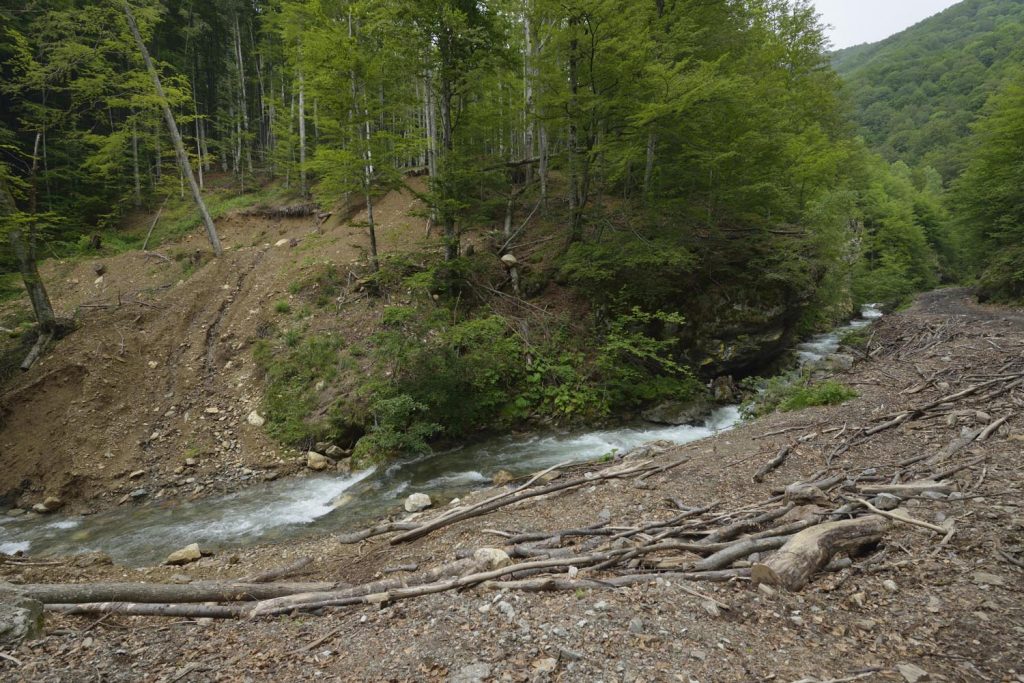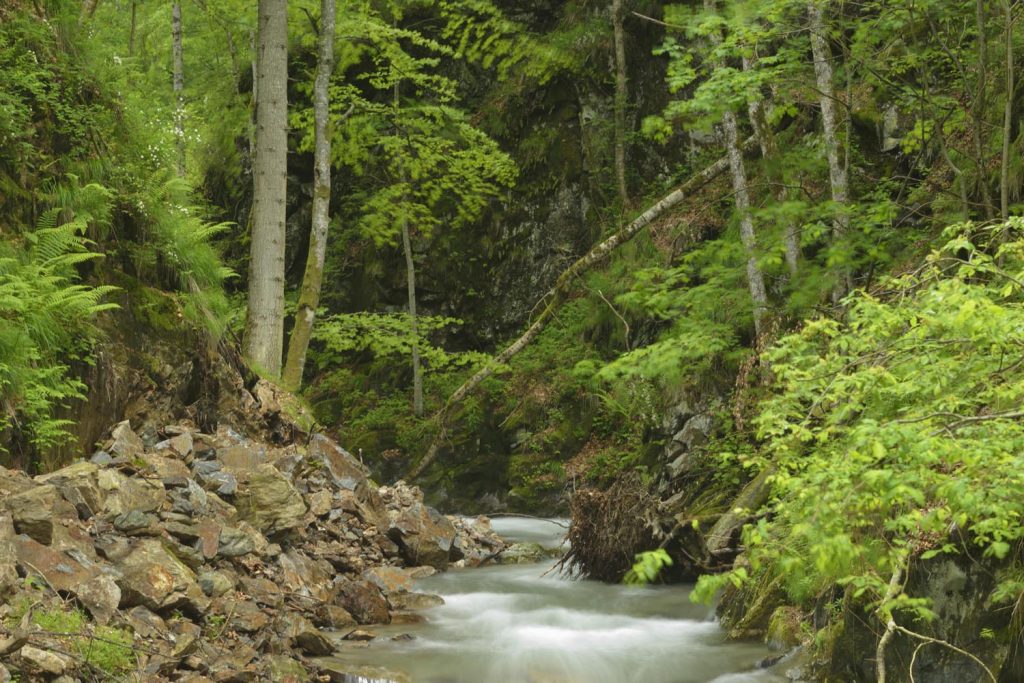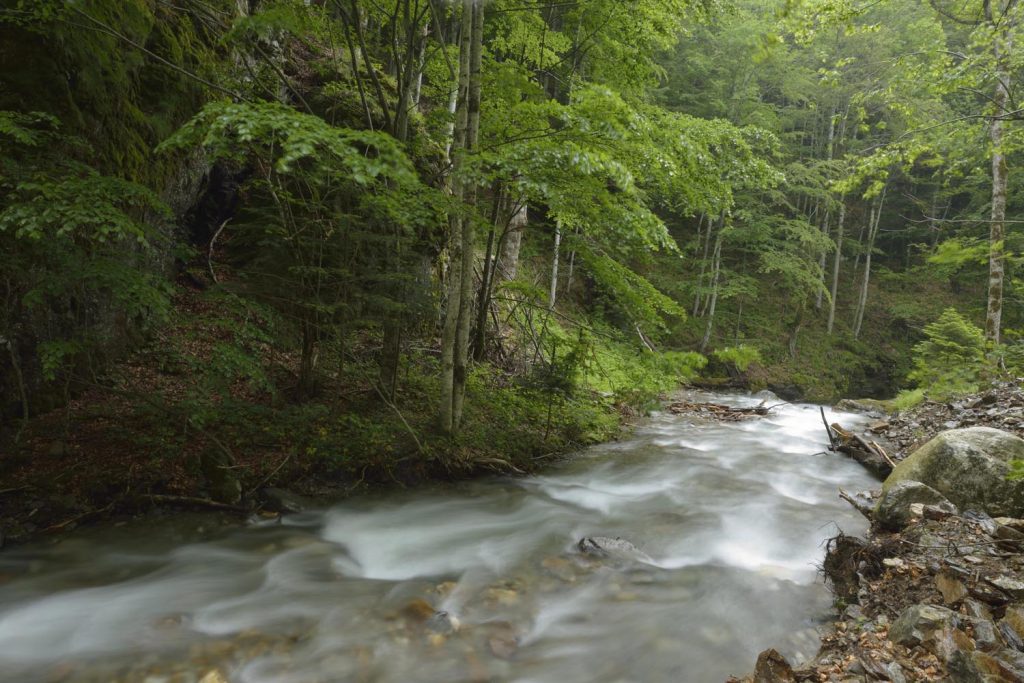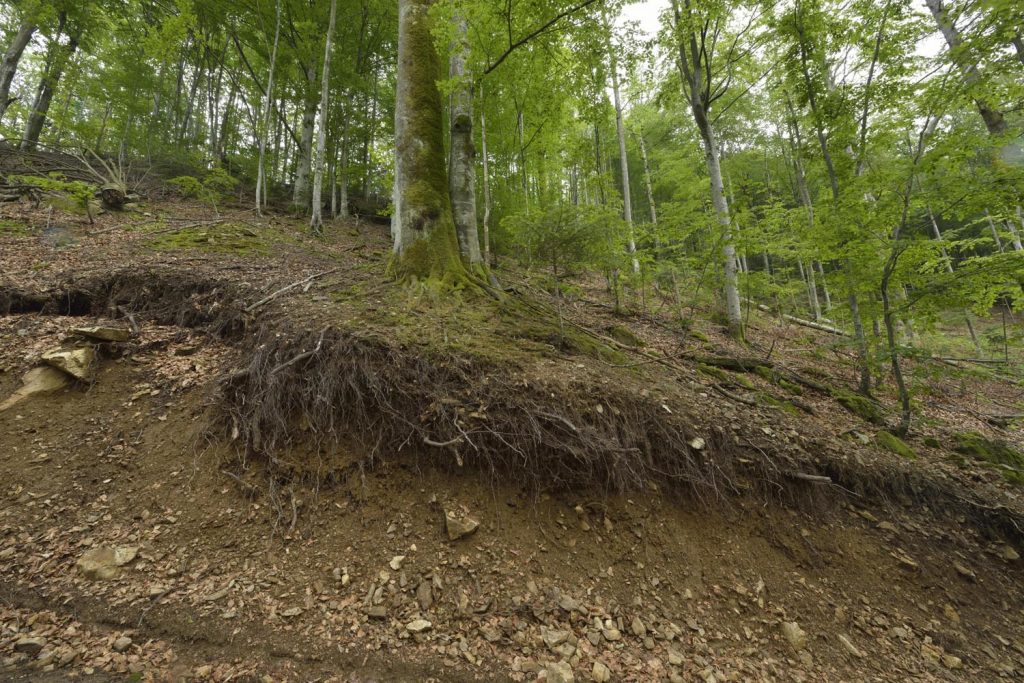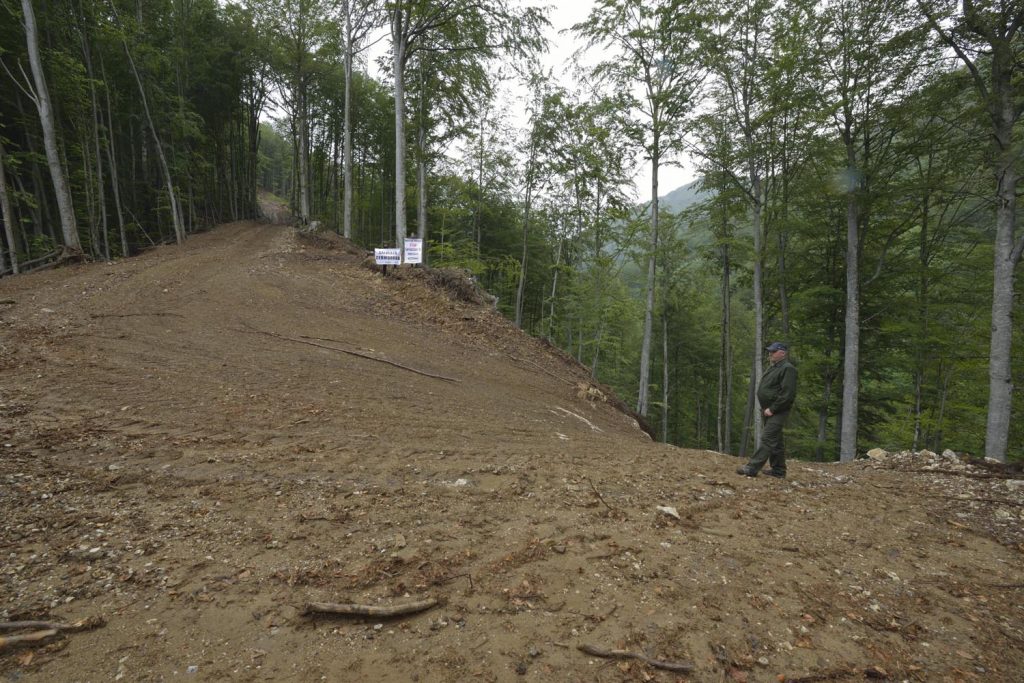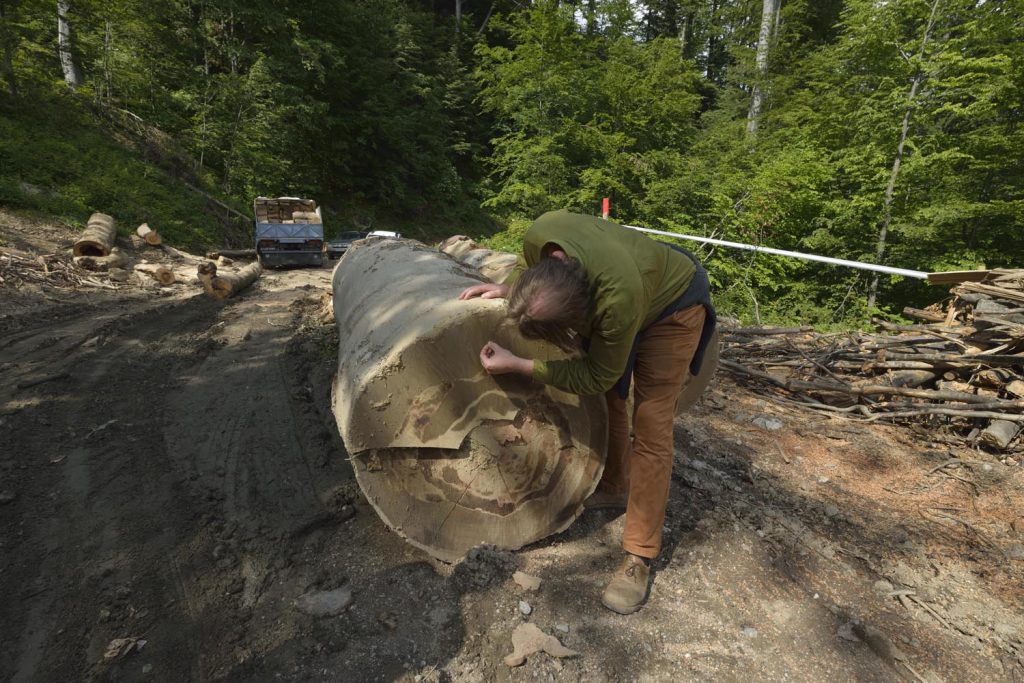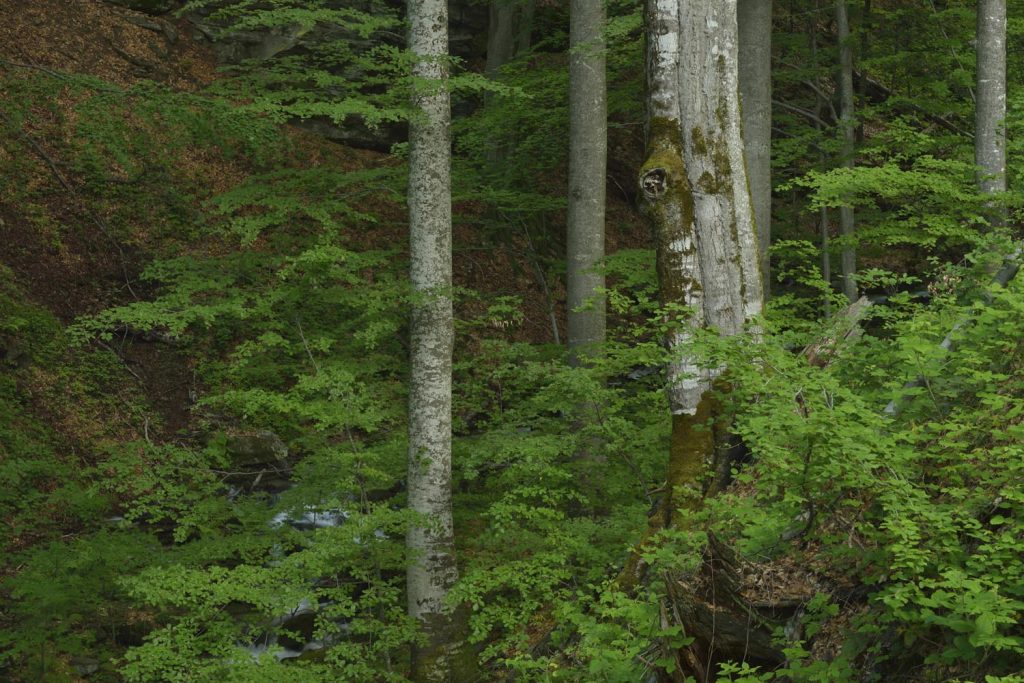National Park Director from State Forestry Romsilva: “The forest itself wants to be cut down”
In the early morning of May 30, 2018, officials of the Romanian anti-mafia prosecution office DIICOT began a large-scale investigation against illegal practices in the wood industry in Romania. The DIICOT press release announces: “Public prosecutors of the Directorate for the Investigation of Organized Crime and Terrorism have together with police officers within the Public Order Department and the Department of Economic Crime conducted 23 house searches in five districts of the country and in Bucharest.” The press release speaks of a “destructive action by an organized criminal group” specializing in offenses of misappropriation of public wood and also auctions, tax evasion, unfair competition, deforestation and other offenses. “
There is a “reasonable suspicion” that since 2011, several individuals have formed an organized criminal group whose members are abusing public auctions organized at the level of forestry departments in order to procure significant additional quantities of wood for processing in sawmills. Furthermore, there is reasonable suspicion that some of the processed wood comes from illegal wood sources. The estimated damage amounts to more than 25 million euros, according to DIICOT. The members of the organized criminal group also benefited from the support of some officials. A number of people will be brought to the DIICOT headquarters for questioning. In the operation special units of the gendarmerie brigade “Vlad Tepes” (the civil name of “Count Dracula”) are also involved.
“The forest itself wants to be cut down”…
Primeval forest demand itself to be cut. Really? from AGENT GREEN on Vimeo.
EU Fact Finding mission and protest action in Domogled National Park
The investigation action by Romanian anti-mafia prosecutors took place four days after a publicly-acknowledged Fact Finding mission by MEP Thomas Waitz and a protest by activists from Agent Green in Domogled National Park (26 May 2018) which hosts large areas of primeval and old growth beech forest that has been affected heavily by aggressive logging. The ongoing destruction of high conservation forest stands in this national park is just one example for the wide spread malfunction of official nature conservation in Romania.
The visit of Thomas Waitz and representatives of EuroNatur and Agent Green revealed dramatic forest destruction in the heart of the national park: cutting of ancient beech forests, oversized and erosion-promoting forest roads or soil devastation by tractor paths on steep slopes.
National Park Director Ioan Gaspar gave the remarkable statement in front of the camera on Saturday, May 26: “The forest itself wants to be cut down”. Romsilva manager Dragos Mihai, who is in charge of 12 out of 13 Romanian national parks, claimed on the spot – unswervingly of obvious deforestation – that there is no logging in old-growth forests in the national park. He also denied that the Romanian national parks are corresponding to the international standards of the world nature conservation organization IUCN and insisted that deforestation in the so-called buffer zone of the park was legal.
However, according to the IUCN rules, at least 75% of a national park must be strictly protected. Furthermore, the Romanian National Park Law (O.U.G. 57/2007) defines that the national parks must comply with the IUCN category II, which gives priority to protection of ecosystems and recreation. The National Park Administration is therefore required by law to exclude “any form of exploitation of natural resources and land use” that is incompatible with conservation objectives.
“A Romsilva manager admitted in conversation at the site that half of the national park is de facto no longer a national park because of loggin,,” the environmentalist and journalist Matthias Schickhofer reports, who participated in the mission for the EuroNatur Foundation. “All the state foresters and national park employees present have hardly lost a sentence on the protection of ecosystems during the entire visit. Obviously, they are only concerned about the highest possible revenue from the use of wood. But logging in national parks is in severe conflict with existing laws. The forest destruction in Domogled National Park is only the tip of the iceberg: The large-scale action of the special authorities against criminal structures in Romanian timber industry proves that there is a systemic problem. Romania urgently needs a fundamental turnaround in the forest industry“.
